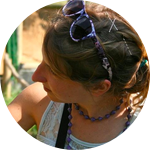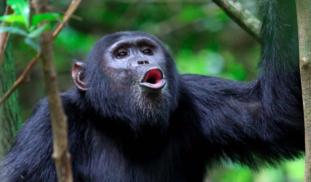Please wait...
About This Project
Unlike most chimpanzee habitats, the Toro-Semliki Wildlife Reserve is a diverse mosaic of grassland, woodland, and swamp. The most ideal chimpanzee habitat lies in two narrow corridors of riverine forest that stretch across this mosaic. I collected DNA samples from the chimpanzees that live there to better understand through DNA analysis how corridors facilitate or constrain chimpanzee gene flow. The results of this study will inform conservation strategies across east and central Africa.

Browse Other Projects on Experiment
Related Projects
How do polar bears stay healthy on the world's worst diet?
Polar bears survive almost entirely on seal fat. Yet unlike humans who eat high-fat diets, polar bears never...
Uncovering hidden insect diversity associated with a likely undescribed gall-forming midge
Does a likely undescribed species of gall-forming midge (pers. comm. Ray Gagné) on Eriodictyon plants (Yerba...
Macrofungi of the California archipelago
The eight islands of the California Archipelago are a well-studied biodiversity hotspot — but we know almost...




